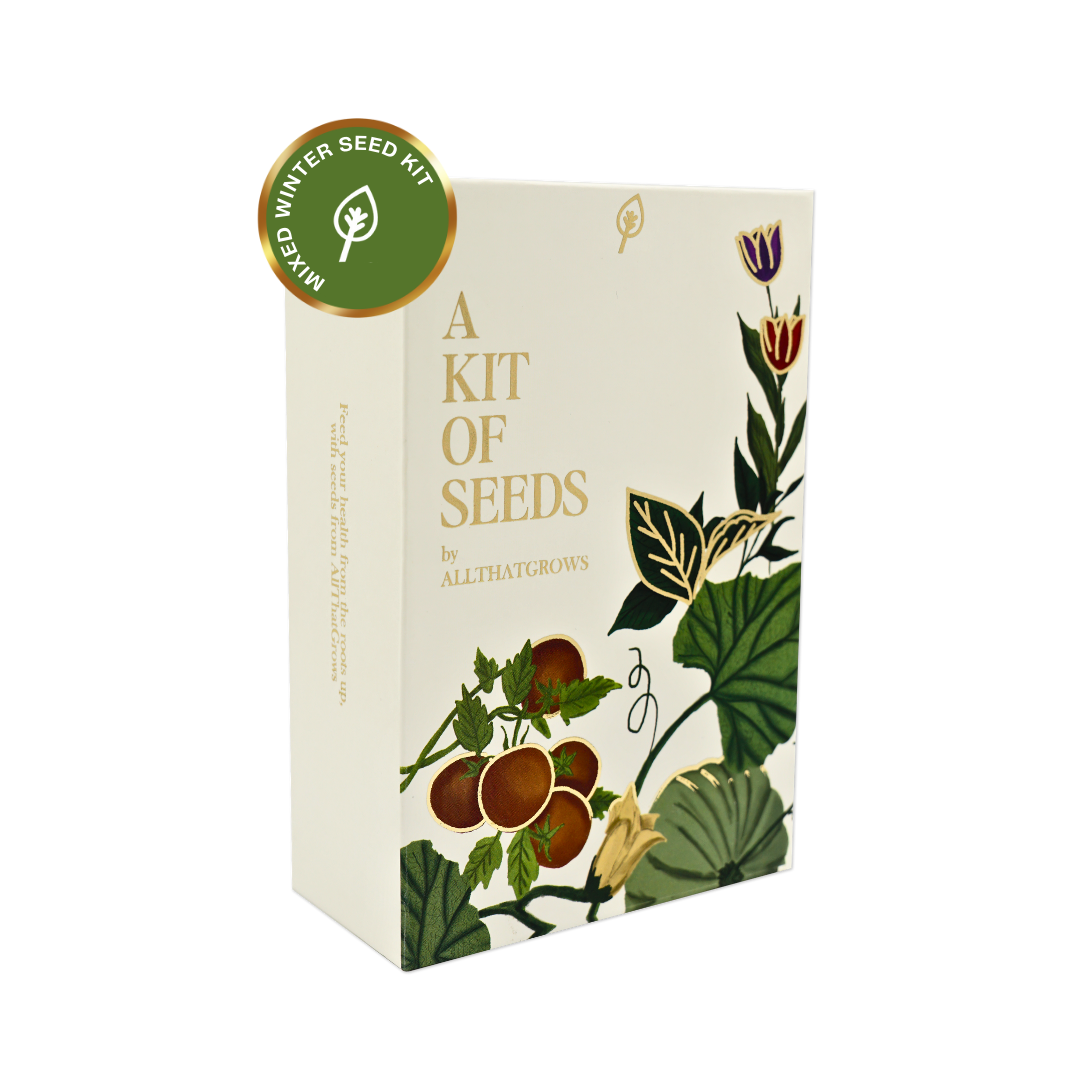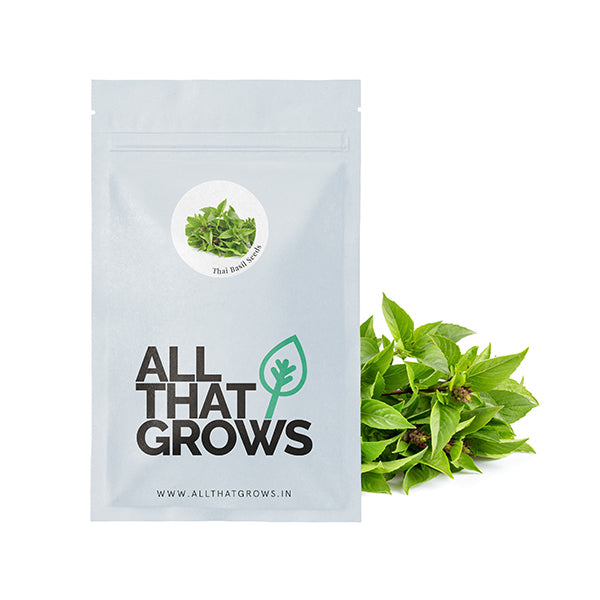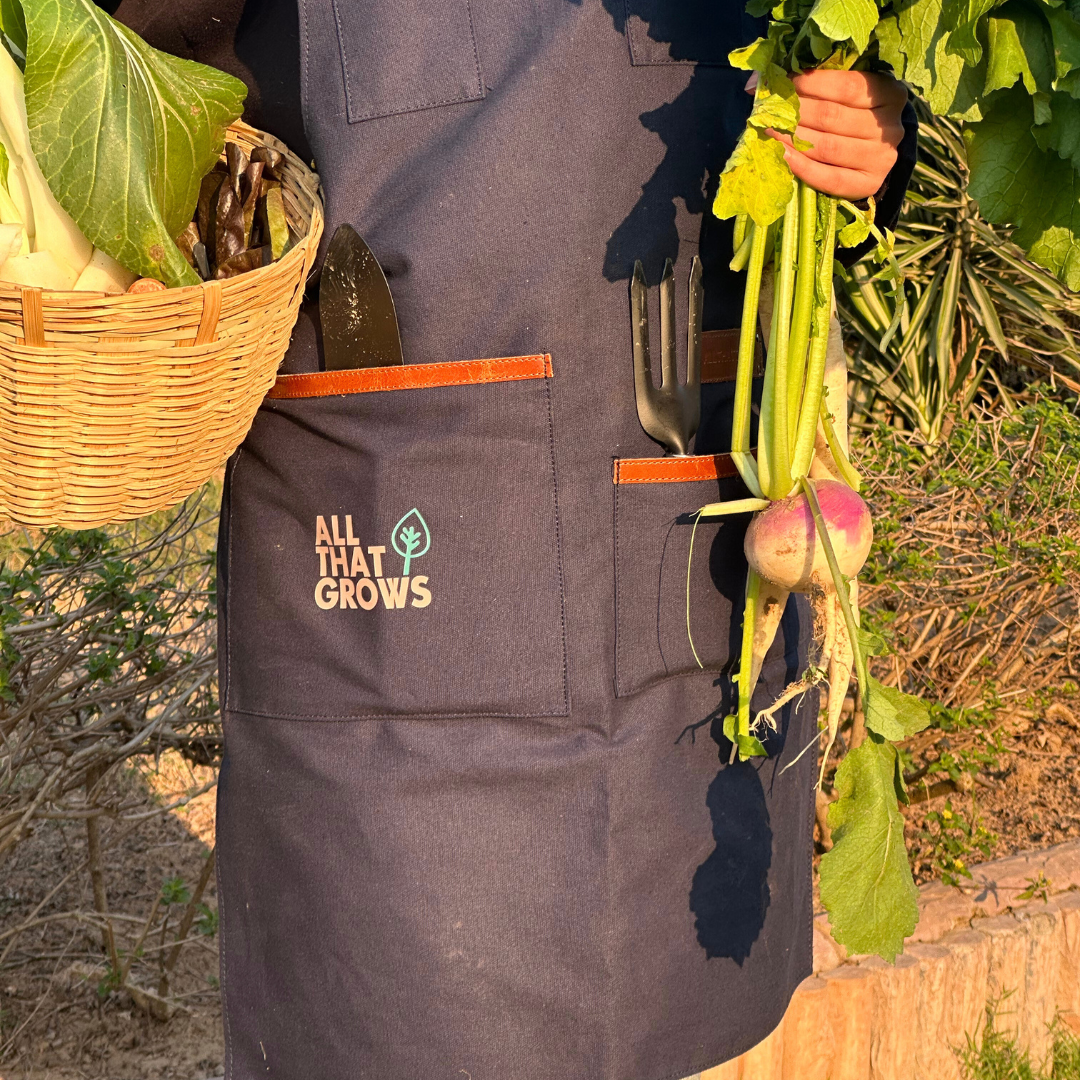How to Grow Ranunculus Bulbs this Autumn
Previous PostRanunculus is as popular as roses in modern floral designs due to its delicate and beautiful colours and the layered rose-like shape of its blooms. These flowers come in a variety of colours, including red, yellow, pink, white, and orange, making them a favourite among home gardeners and professional florists alike. Originating from the Mediterranean region and parts of South West Asia, Ranunculus has a rich history of being cultivated for decorative and ornamental purposes. The name "Ranunculus" comes from the Latin word for "little frog," likely due to the plant’s preference for moist environments in the wild.
When to Grow Ranunculus Bulbs in India

In India, the best time to plant Ranunculus bulbs is in autumn, typically from October to November. The cool weather during this period allows the bulbs to establish roots before blooming in early to late spring. Since Ranunculus thrives in mild climates, it's essential to plant them during these cooler months for best growth and fully developed blooms in the spring.
Where to Grow – Tips for Raised Beds and Pots

Growing in Raised Beds:
Ranunculus can flourish in well-draining raised beds that get plenty of sunlight. Raised beds offer better control over soil quality, drainage, and air circulation, which is essential for preventing root rot. Choose a location that gets full sun for at least 5-6 hours a day.
Growing in Pots:
If space is limited, Ranunculus bulbs also grow well in pots. Select pots that are at least 12 inches deep to accommodate the bulbs and roots allowing them enough room to establish strong roots. Ensure the pots have drainage holes to prevent waterlogging, as Ranunculus bulbs are sensitive to excess moisture.
Planting Instructions for Ranunculus Bulbs

- Soaking the Bulbs: This is an essential step for planting Ranunculus bulbs. Before planting, soak the Ranunculus bulbs (or corms) in room-temperature water for 3-4 hours. This helps rehydrate them and jump-starts the growing process.
- Soil Preparation: Use well-draining soil rich in organic matter. A mix of garden soil, compost, and a handful of sand works well. Ranunculus prefer slightly acidic to neutral soil (pH 6-7).
- Sunlight Requirements: Plant the bulbs in a spot where they will receive at least 5-6 hours of direct sunlight daily. This ensures they grow strong and produce vibrant flowers.
- Planting Depth and Spacing: Place the bulbs 2 inches deep with the "claw" side down (the pointy end). Space each bulb 3-4 inches apart to allow proper airflow and prevent crowding.
- Watering Frequency: Water the bulbs immediately after planting. Keep the soil moist but not waterlogged. Water regularly but allow the top layer of soil to dry slightly between watering sessions to avoid bulb rot.
How to Care for Ranunculus Bulbs Before and After Planting

Before Planting:
Incorporate natural fertilisers like compost or well-rotted manure into the soil before planting to provide essential nutrients. This will encourage healthy growth during the flowering season.
After Planting:
- Fertilising: Top dress the soil with a balanced organic fertiliser like aged manure or compost every 3-4 weeks during the growing season for continuous blooming.
- Pests and Diseases: Common pests include aphids, which can be treated with neem oil or insecticidal soap. Fungal diseases like powdery mildew can be avoided by ensuring proper air circulation and avoiding waterlogging. Remove any affected leaves promptly to prevent the disease from spreading.
Companion Plants for Ranunculus in Pots

Ranunculus looks lovely when paired with other flowering plants in pots. Suitable companion plants include violas, pansies, and larkspur, which all prefer similar growing conditions. These plants can enhance the visual appeal and create a vibrant display of colours throughout the blooming season.
Using Ranunculus as Cut Flowers

Ranunculus are popular as cut flowers due to their long vase life and stunning appearance. To prolong their life:
- Cut the flowers early in the morning when they are in the bud stage or unfurled.
- Use a clean pair of shears and place the flowers in water immediately.
- One trick to prolong the life of ranunculus flowers is to cut their stems underwater.
- Trim the stems at an angle every few days and change the water regularly to keep them fresh.
- Keep the vase in a cool, shaded area to prevent wilting.
With proper care, Ranunculus cut flowers can last up to 7-10 days in a vase, making them a delightful addition to your home decor.
Shop ranunculus bulbs now and grow this exquisitely beautiful flower in your home gardens this winter.
Happy Gardening!





















Leave a comment